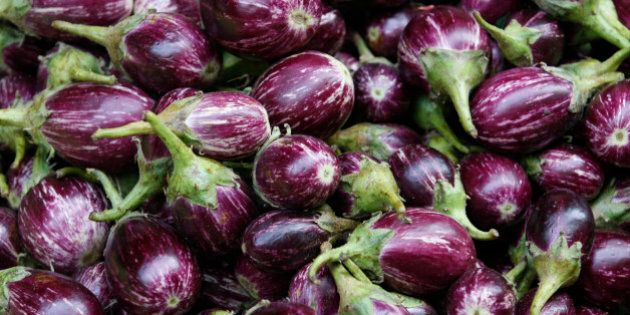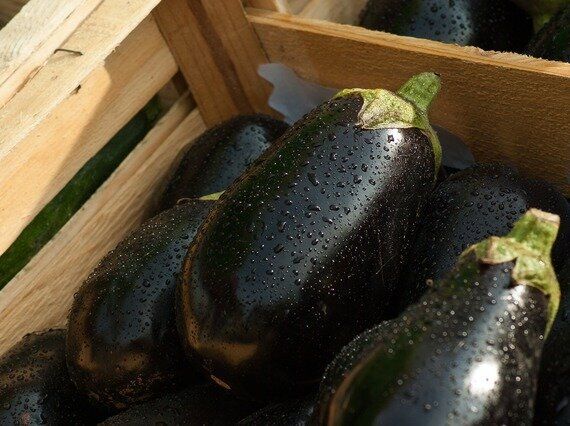
I love the summer heat, but I also love the changing colours of fall, and how the air gets just a little bit crisper even as the sun continues to beam down.
Fall is a time when our diets once again begin to transition -- away from lighter and raw fare, and towards the bounty of autumn. While I'm always sad to say goodbye to fresh berries, leafy greens from my garden and sugar snap peas, I embrace the re-emergence of squash and root vegetables with a vengeance!
So now that the produce aisle has taken on a distinctive orange and purple hue, what should we be eating? Here are five of my favourites - they are nutritionally charged, and delicious to boot!
Pumpkin, and pumpkin seeds
Pumpkin is amazing for more than just jack-o-lanterns, and their seeds (also known as pepitas) are a nutritional powerhouse.
Pumpkin is is a terrific source of vitamin A and a good source of vitamin C, and a better source of potassium than bananas.
The seeds are even better: they are high in zinc to boost immune system and increase testosterone production, and are a clean source of vegan protein. They taste good on their own, can be roasted with some salt and spices in your oven, or can be tossed on salads or even into smoothies!
Eggplant

It's hard to miss eggplant in the grocery store - with its shiny purple bulbousness, it both catches attention and sometimes intimidates less seasoned cooks. But it definitely should not be overlooked!
Eggplant is a good source of dietary fibre, vitamin B1 and copper. It is also a source of manganese, vitamin B6, niacin, potassium, folate and vitamin K. It also contains phytonutrients such as nasunin and chlorogenic acid, which act like food for our brains.
Because it is high in fibre and lower in carbohydrates, eggplant is helpful for managing your blood sugar.
You can toss it into your favourite curries and stews, grill it, or even make baked eggplant chips using thinly sliced eggplant.
Buttercup Squash (and seeds)
In addition to being rich in vitamins and minerals, buttercup squash is comprised of more than 85% complex carbohydrates, and 12% protein. It's a good source of calcium, and high in vitamin A, making it protective against cancer.
Its seeds are also a winner - they are high in heart-healthy monosaturated fats, and can be prepared and eaten in many of the same ways that pepitas can be.
Pro tip: Be sure to add a healthy fat such as olive oil to the yellow flesh of the squash when you are cooking it, to maximize the absorption of its many nutrients!
Brussel Sprouts
So many people say that they hate brussels sprouts, and I can't imagine how it's even possible! These tiny cruciferous vegetables may smell a bit sulfurous, but they are so delicious, especially when roasted with some olive oil and sea salt.
Like their cruciferous cousins cabbage, kale and others, brussels sprouts have a terrific cancer-fighting nutritional profile, and they are also good for lowering cholesterol on account of their high fibre content.
Pomegranates

Pomegranates are another produce miracle that might cause a bit of intimidation - how do you open it? Eat it? I'm not going to lie, they can be a bit of a challenge at the beginning, but they are so worth it!
Pomegranates are a rich source of vitamin C and antioxidants, not to mention having high fibre, and anti-inflammatory properties. (Note that the high fibre content is not found in pomegranate juice.) Men might like to know that they may help with erectile dysfunction due to their ability to increase blood circulation, and ladies may find that pomegranate helps to reduce bloating from PMS.
You can use them in your fruit salads, put them in a salad dressing, or eat them by the handful. Yum!
Follow HuffPost Canada Blogs on Facebook